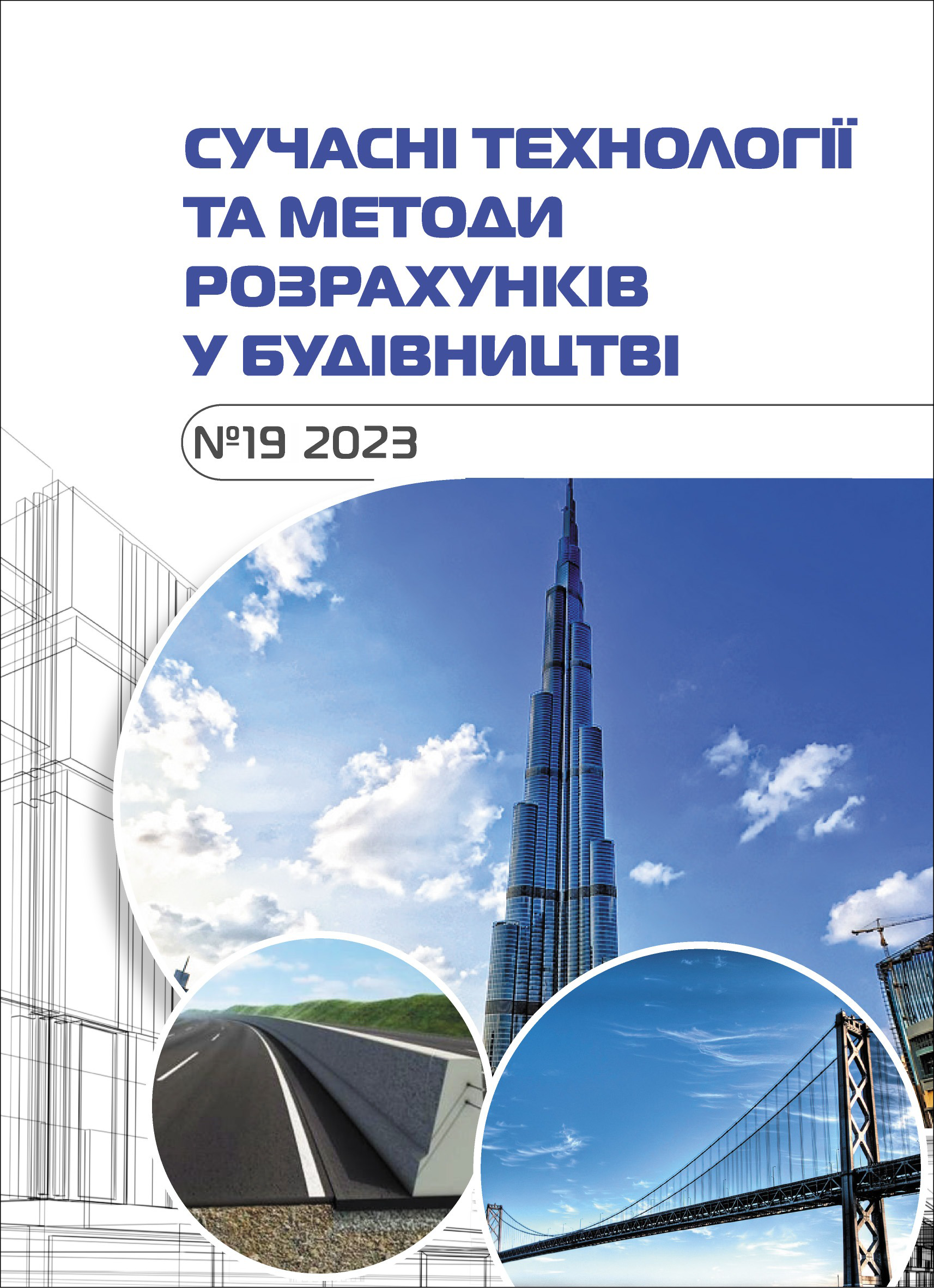The strengthening technique of glass products By creating areas of compression stress
Abstract
The technique for strengthening optical glass and ceramic products has been developed. The technique involves laser or electron beam treatment of parts of the surface of these products. The article deals with a structural element of aircraft - a spherical meniscus made of optical glass. The first stage of the strengthening technique involves determining the areas of the meniscus surface treatment. The next step is to treat these areas with an electron beam.
Meniscus strengthening is caused by changes in the structure of the material of the subsurface layer by the action of the electron beam. Such a change in the material structure leads to a significant increase of its elastic modulus. In fact, a subsurface reinforcing layer is formed. The beam treatment also leads to a significant reduction of the volume of the subsurface layer. This is the result of the evaporation of the filler material from the defective cracked layer. Thus, compressive stresses are created in the material. The subsurface layer of the meniscus becomes prestressed.
The first stage of strengthening is to determine the areas of the meniscus surface treatment. These areas equivalent to the areas of the meniscus surface with normal tensile stresses, which are related to the process of crack formation and development. In this article, the problem of the theory of elasticity of a spherical meniscus was formulated and solved to obtain the distribution of normal stresses. The analysis of the stress-strain state of a spherical meniscus is realized using the application program package "Integral", which is based on the theory of axisymmetric three-dimensional bodies developed by the authors. The components of the stress tensor and the displacement vector for a centrally loaded spherical meniscus are calculated. The analysis of normal stresses has shown that tangential normal stresses have a significant impact on the meniscus. The areas of the surface of a spherical meniscus where these normal stresses cause stretching are determined. Uncontrolled crack development with subsequent destruction of the meniscus material is possible in these areas.
The second stage of strengthening a glass spherical meniscus is to treat the meniscus surface areas with an electron beam. Treatment of the subsurface areas of tangential normal tensile stresses with an electron beam causes the formation of a prestressed area of increased strength in the meniscus subsurface layer.








